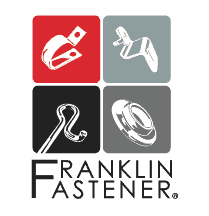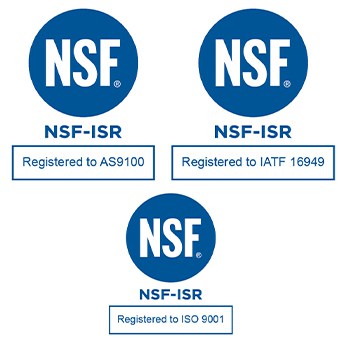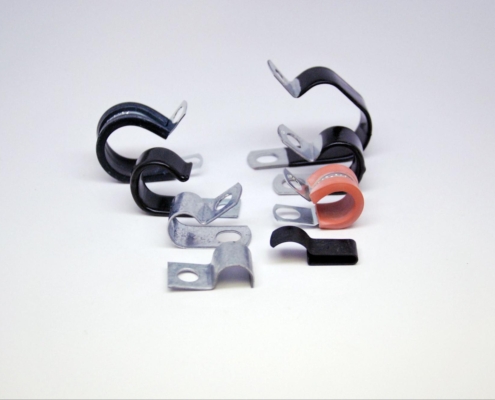 https://franklinfastener.com/wp-content/uploads/2025/09/image1-4.jpg
1339
1999
Abstrakt Marketing
/wp-content/uploads/2022/12/fastener-logo1-01.png
Abstrakt Marketing2025-09-18 08:41:252025-12-02 09:50:19Military Clamps and Clips: Meeting MIL‑SPEC Standards
https://franklinfastener.com/wp-content/uploads/2025/09/image1-4.jpg
1339
1999
Abstrakt Marketing
/wp-content/uploads/2022/12/fastener-logo1-01.png
Abstrakt Marketing2025-09-18 08:41:252025-12-02 09:50:19Military Clamps and Clips: Meeting MIL‑SPEC StandardsThe Advantages of Resistance Welding
When it comes to your welding process, there are multiple options to choose from. Each technique has its own unique advantages and disadvantages, and selecting the right one is vital for maximizing productivity and creating a high-quality product. In this blog, we’ll detail the disadvantages and advantages of resistance welding and offer insight into its process.
What Is Resistance Welding?
Resistance welding is a common technique that creates welds by conducting a strong current to beat up and melt the metal combination at a specific spot. During this process, a force is always applied to restrict the contact area at the weld interfaces and forge the workpieces.
What Is the Resistance Welding Process?
Various techniques are used for resistance welding, and the type utilized depends on the materials’ shape and the electrodes’ form. Here are the four main classifications:
Spot Welding
The spot welding process involves joining metal materials by directly applying opposing forces using electrodes with pointed tips. An electrical current is transported through the welding segment and fuses the parts together. After combining the two pieces, the welder turns the current off and applies pressure to the product; this solidifies the weld and creates the joint. Spot welding is the preferred technique for various industries, including:
- Automotive
- Aerospace
- Construction
- Rail
- Electronics
Projection Welding
Projection welding is another popular resistant technique that uses pressure and an electrical current to join metal parts at designated points. The projections created by this process can feature circular shapes, round dimples, extended corners, or elongated ridges of weld nuts. Some of the industries that prefer this method include:
- Automotive
- Consumer goods
- Constructions
- Mechanical
Seam Welding
Seam welding is a method that joins work pieces together along a continuous seam. The welder uses two overlapping pieces of metal and clamps them together between two copper electrodes. An electric current is then passed through, heating the metals and fusing them together. The seam weld is created along the joint between the metal pieces, and the weld’s depth can be controlled by adjusting specific parameters. This technique is commonly used in the following industries:
- Automotive
- Aerospace
- Appliance manufacturing
Butt Welding
Another popular resistance welding method is butt welding. This process involves joining two metal pieces together by using an electric current heat to melt them. The materials are then combined through pressure, which creates a solid weld joint. This technique is widely used in the following industries:
- Automotive
- Aerospace
- Mechanical

What Are the Advantages of Resistance Welding?
Determining which technique is best for your process is an important decision and should be made carefully. Here are some of the advantages of using the resistance welding method:
Increased Productivity
Resistance welding allows workers to increase productivity because it can be done quickly. By using an electrical current to heat the metal, this method allows materials to reach their melting point at a faster rate. These qualities make this technique ideal for mass production because it can weld mass quantities of parts in a short amount of time.
Durable Joints
Resistance welding yields stronger joints than other techniques because the heat from the electrical current penetrates the metal deeply. This creates a stronger bond between the two metals and reduces impurities.
Precise Welds
Another advantage of using resistance welding is that it gives the welder greater control of the heat being applied. This allows them to create a more precise weld and reduces the errors caused by excessive heat.
Eliminated Sparks
One of the biggest benefits of using resistance welding is that it creates a safer working environment by eliminating fumes or sparks during the process. It also doesn’t require any additional grading or sanding, which saves time and reduces costs.
What Are the Disadvantages of Resistance Welding?
While resistance welding offers a wide variety of benefits for companies, there are some disadvantages that must be considered before making your final decision. Here are some reasons why this method isn’t ideal:
Limited Materials
Resistance welding is an effective method, but it is suitable for specific materials that possess high electrical-resistant qualities.
Requires Specialized Resistance Welding Equipment
Another disadvantage of this method is that it requires specialized welding equipment that can be expensive and challenging to source. Welders also need more training before performing this technique.
Limited Size Capacity
Resistance welding isn’t recommended for large pieces because it uses localized heat to weld materials, making it difficult to fuse big metals together.
Increase Productivity With Franklin Fastener’s Resistance Welding Solutions
Are you tired of project delays in your welding processes? Contact Franklin Fastener today to learn about the advantages of working with our expert team.
Reduce Production Time With Franklin Fastener’s Resistance Welding Services
Finding the right resistance welding service provider is an important decision. Partnering with the wrong company can create production delays that impact your staff’s ability to operate efficiently and increase costs. As a leading metal stamping and forming company, Franklin Fastener understands the importance of working quickly and offers in-house welding and assembly solutions that handle every step of the process. Our experts have experience working with various metals, including:
- Stainless steel
- Galvanized steel
- Zinc-plated steel
- Aluminum
- High-carbon steel
- Low-carbon steel
- Copper
- Low-alloy steel
Advantages of Working With Franklin Fastener
Franklin Fastener believes that our welding processes should deliver more than just standard-built products. While we offer a line of nuts, studs, spacers, and clamps, our team also provides customized solutions that meet your needs. We utilize CAD drawings and modern software to design your component, then build a production-intent prototype that verifies its feasibility. We take pride in doing everything in-house, which enables us to quickly begin tooling your materials after you approve them. Partnering with us enhances your peace of mind knowing you’re working with a company that works hard to reduce costs, increase reusability, and enhance staff’s productivity and efficiency.
Related Postings
 https://franklinfastener.com/wp-content/uploads/2025/09/image1-4.jpg
1339
1999
Abstrakt Marketing
/wp-content/uploads/2022/12/fastener-logo1-01.png
Abstrakt Marketing2025-09-18 08:41:252025-12-02 09:50:19Military Clamps and Clips: Meeting MIL‑SPEC Standards
https://franklinfastener.com/wp-content/uploads/2025/09/image1-4.jpg
1339
1999
Abstrakt Marketing
/wp-content/uploads/2022/12/fastener-logo1-01.png
Abstrakt Marketing2025-09-18 08:41:252025-12-02 09:50:19Military Clamps and Clips: Meeting MIL‑SPEC Standards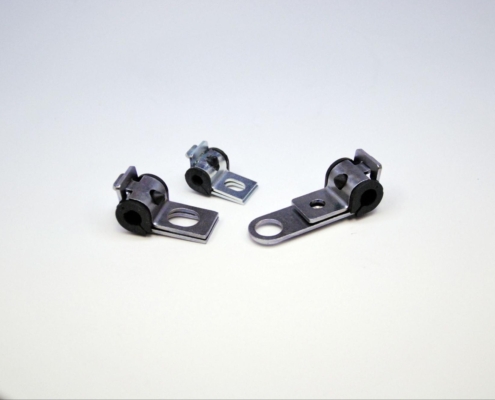 https://franklinfastener.com/wp-content/uploads/2025/09/image1-3.jpg
1339
1999
Abstrakt Marketing
/wp-content/uploads/2022/12/fastener-logo1-01.png
Abstrakt Marketing2025-09-18 08:34:262025-12-02 09:50:19Innovations in Engineered Clamp and Clip Manufacturing: What Engineers Need to Know
https://franklinfastener.com/wp-content/uploads/2025/09/image1-3.jpg
1339
1999
Abstrakt Marketing
/wp-content/uploads/2022/12/fastener-logo1-01.png
Abstrakt Marketing2025-09-18 08:34:262025-12-02 09:50:19Innovations in Engineered Clamp and Clip Manufacturing: What Engineers Need to Know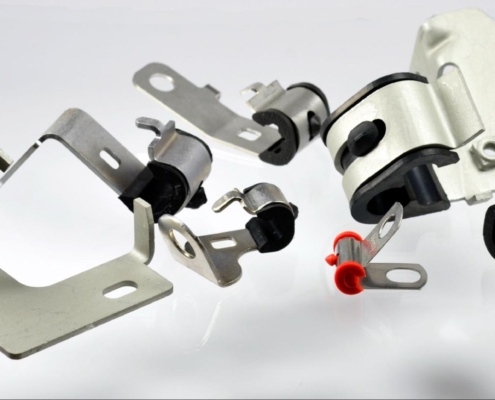 https://franklinfastener.com/wp-content/uploads/2025/09/image1-2.jpg
966
1999
Abstrakt Marketing
/wp-content/uploads/2022/12/fastener-logo1-01.png
Abstrakt Marketing2025-09-18 08:26:442025-12-02 09:50:20Corrosion‑Resistant Clamps and Clips for Heavy Truck & Off‑Road Applications
https://franklinfastener.com/wp-content/uploads/2025/09/image1-2.jpg
966
1999
Abstrakt Marketing
/wp-content/uploads/2022/12/fastener-logo1-01.png
Abstrakt Marketing2025-09-18 08:26:442025-12-02 09:50:20Corrosion‑Resistant Clamps and Clips for Heavy Truck & Off‑Road ApplicationsAbout Us
Franklin Fastener is an industry-leading provider of engineered metal products. From concept to completion, our experts provide our clients with the highest service levels.
